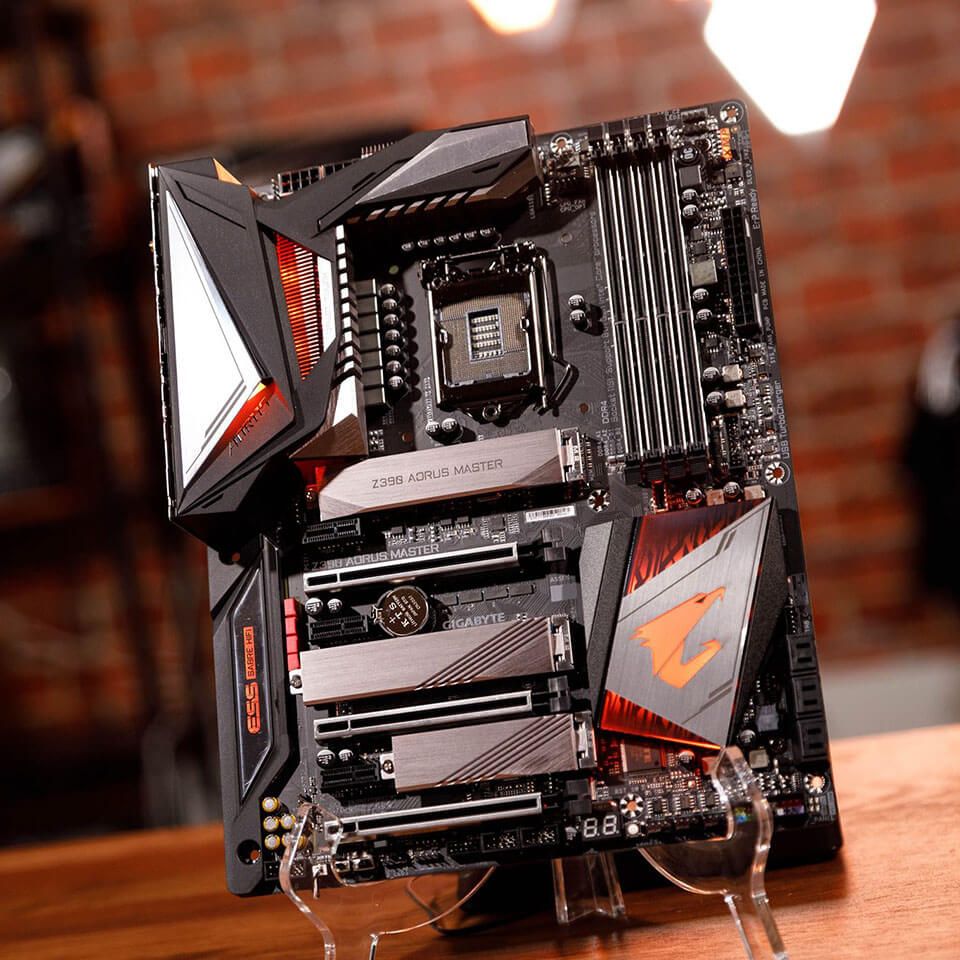Overnight, Covid-19 turned many of the pre-existing arguments against cloud adoption on its head. As organizations moved entire workforces to remote working, the lessons in flexible and scalable infrastructure was clear.
Some heads of IT found themselves answering tough questions around their cloud deployments, as businesses were faced with a lack of network capacity, inevitable processes slowdown and resulting disruption. As we navigate the return to “new normal”, we’re seeing businesses looking to catch up on their cloud strategies. So where does this leave data centers?
The impact of Covid-19 across the cloud environment
Throughout lockdown, we saw a huge increase in businesses needing to expand their hybrid cloud deployment in particular – because of Covid-19, they were under huge pressure to expand. Of course, the unexpected and urgent need for capacity put a huge strain on infrastructure, without the typical contingency, so it became over-used and essentially, thrashed.
While cloud requirements won’t stay at those Covid-19 accelerated levels, certainly the crisis has re-written the future of virtual working. Some organizations have already committed to a remote working model throughout 2021, as cloud-based communications like Microsoft Teams and Zoom create new ways of working. This means cloud adoption levels will still be higher than we forecast before Covid-19 and that dependence on a resilient, expandable cloud infrastructure will remain.
The diminishing case for on-premise cloud
Covid-19 turned the argument for on premise cloud on its head. Experience showed that those businesses that had argued the case that on premise cloud services meant maintaining control and having close oversight of their data assets, found the opposite was true. We saw IT managers having to make hard decisions about how to fix servers, manage upgrades and trouble-shoot during lockdown. At the same, businesses with hosted cloud environments were able to operate almost seamlessly.
The argument was the same for on premise security, which saw network operation centers in unmanned offices becoming a much higher security risk. Coming out of the pandemic, it’s harder for IT leaders to justify having assets on premise, the argument becomes complex to answer.
We predict an almost complete review of on premise deployments in coming months.
Hybrid cloud as the standard in deployment
The reality is that, prior to the pandemic, business continuity plans just didn’t allow for a completely distributed workforce and not being able to access on premise equipment. Office closure? Yes. data centers going offline? Same. A piece of cloud resource becoming unavailable? It happens. But not all three.
Which is why, I’d expect that for the next 20 years, a Covid-19 response will become standard in all business continuity plans and risk registers. Simply put, it’s hard to justify why a hybrid cloud deployment wouldn’t be part of that. It brings you the benefits of a fully managed environment, a dedicated or shared hosting provider, together with the outsourced support you need. So your business can operate at the level it needs to, minimzse disruptions and even scale as necessary.
Scalability as a decision making factor
Without a doubt, scalability will feature higher up in the decision-making process as we emerge from Covid-19. Capacity was a huge challenge for businesses with on premise deployments, in particular. Where the majority of equipment is on premise, networks have been built to accommodate just that limited requirement, there’s ultimately not a huge amount of data transfer. Organizations found themselves unable to operate at full capacity, as connectivity collapsed under the weight of sky-high network demands with home-working. In some cases, tactics such as phasing teams and limiting access to contend with network connections, became so disruptive, it impacted employer relationships.
The impact of lockdown has shown organizations just how essential that flexibility is, together with ease of scaling. This in turn makes public cloud that much more attractive. Already, we’re seeing clients valuing scalability – and the option to upgrade flexibly – as essential as both compliance and cost.
The crisis has been a lesson in staying ahead of the curve when it comes to cloud deployment. Having the option to ramp up capacity has been the difference in being able to run your business – or not.
The role of efficiency and sustainability in tomorrow’s data center
Energy efficiency and resilience comes into play too: business performance and growth is tied directly to a data center’s efficiency. Where poor efficiency exposes you to unstable and inconsistent pricing models, their efficient counterparts will reduce running costs, put you in control of your infrastructure. They also deliver a more proactive service, as teams aren’t consumed in admin and mundane tasks.
Again with a greater reliance on data center operators as we adapt to the new world of work, efficiency is set to become a bigger indicator in the buying cycle.
Covid-19 placed data centers at the center of key IT decision-making and as we continue to evolve with the new world of distributed workforces and blended working options, we’ll see flexibility, scalability and efficiency as the new standard in data centers.
Source: (https://www.datacenterdynamics.com/)





















